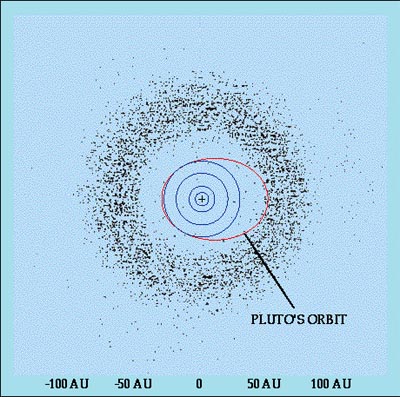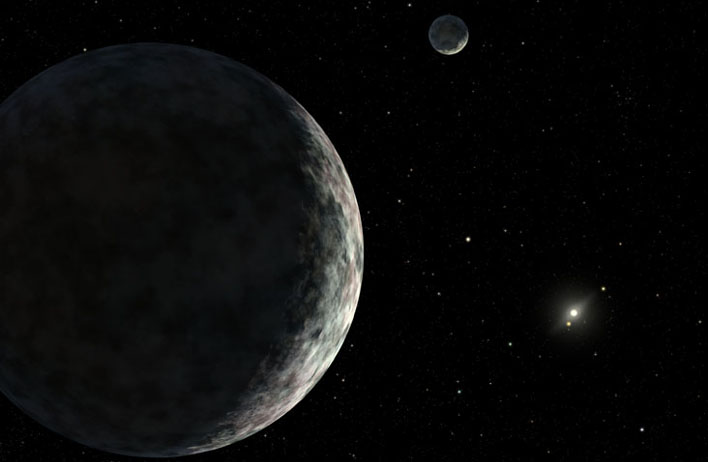Difference between Kuiper Belt and Oort cloud

Kuiper cloud or more commonly used as Kuiper belt is a region beyond Saturn’s orbit while the Oort cloud which is not really a cloud is basically trillions of comets that circle the sun. On the other hand, many people believe that Kuiper Belt and Oort cloud are same kind of cloud and circle around the sun. It is also important to know that Kuiper belt consists of many icy comets which many consider as asteroids. Even though they are not asteroids but still for many years, it was believed that they are not any sort of comets instead they are little asteroids. On the other hand Oort cloud extends three light years from the sun and circle around it as well.
Instructions
-
1
Kuiper Belt
Kuiper Belt which is also known as Kuiper cloud is very rare discovery which tell us in detail about many unknown things about galaxies and beyond our orbit. The Kuiper cloud is basically a disk shape region that is beyond the Saturn’s orbit. For many years no one knew that what are these millions if icy comets as they also look alike asteroids. However, with the advancement of study, people knew about it and started calling Kuiper belt. Astronomer Gerard Peter Kuiper discovered this great disk shaped region beyond the Saturn’s orbit. Later this region was named after this great astronomer.
- Image Courtesy: matthew2262.wordpress.com

-
2
Oort cloud
On the other hand, Oort cloud is basically has trillion of comets which circle the sun. Some say Oort could is just like dust as it also extends three light years from the sun. You need to understand in detail that Oort is a cloud and its shape looks spherical. As you know Kuiper belt is named after astronomer Gerard Peter Kuiper, the Oort cloud was named after the Dutch astronomer Jan Hendrik. The origin of Oort could is very complicated and in some astronomers view, quite unclear. The formation of the Oort cloud is closer to the sun and it makes more original protoplanetary disks than other clouds in the orbit.
- Image Courtesy: solarsystem.nasa.gov








